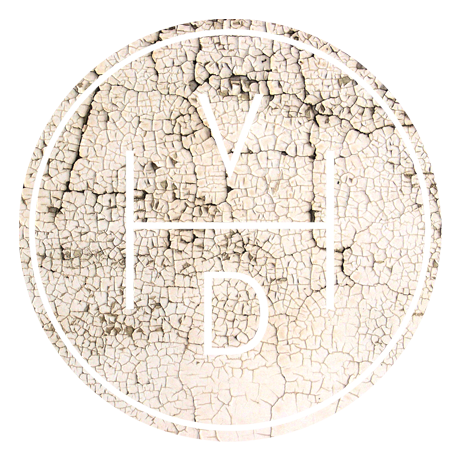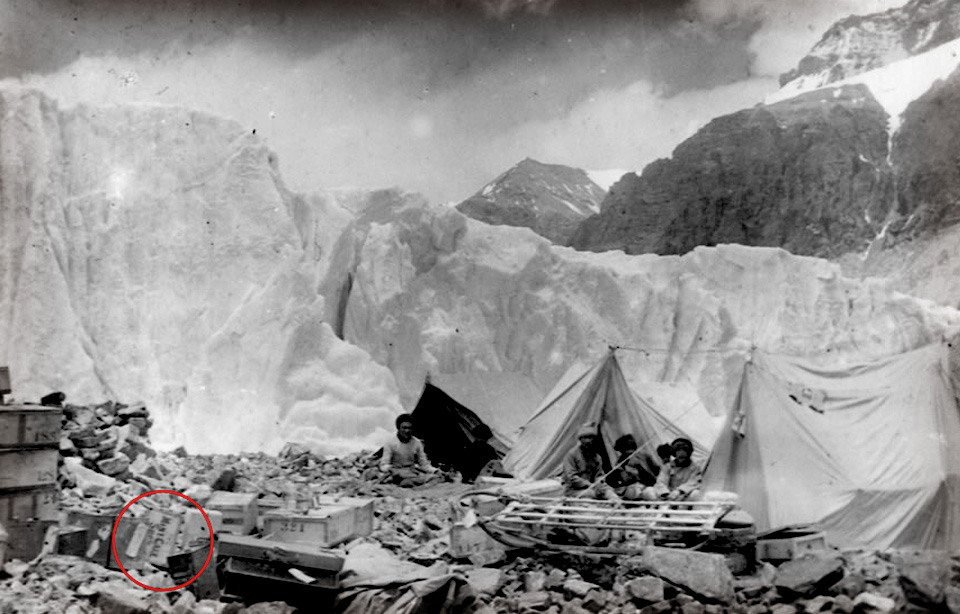Cutter Hi-Lo Suction Snakebite Kit
I have always had a bit of a thing for kits; fishing kits, survival kits, first-aid kits you name it. My latest find is the "Cutter Hi-Lo Suction Snakebite Kit." Although incision and suction is no longer recommended first-aid this is still an ingenious piece of kit.
FOR REFERENCE ONLY THIS IS NOT RECOMMENDED FIRST-AID
Using the kit is very simple although it does sound a little archaic. If someone gets bitten clean the provided scalpel blade and wound with the antiseptic unit and make a ¼" incision over the bite. Apply one of the suction cups on the bite and squeeze. This creates a vacuum drawing blood and hopefully venom from the wound. Then the lymph constrictor should be tied above the wound and the victim should get to the hospital immediately. It is called the Hi-Lo Suction Kit because different amounts of suction can be put onto the wound depending on which cup is used and how it is applied.
Cutter Hi-Lo Suction Snakebite Kit Un-packed
Beautiful and utilitarian, everything I love about good kit.
I felt it prudent to include the current first-aid for a snake bite. I was a little surprised to find that the stuff I learnt in Australia, pressure immobilization, is not the internationally recognized procedure.
“Protect the person and others from further bites. While identifying the species is desirable in certain regions, risking further bites or delaying proper medical treatment by attempting to capture or kill the snake is not recommended.
Keep the person calm. Acute stress reaction increases blood flow and endangers the person. Panic is infectious and compromises judgment.
Call for help to arrange for transport to the nearest hospital emergency room, where antivenom for snakes common to the area will often be available.
Make sure to keep the bitten limb in a functional position and below the victim’s heart level so as to minimize blood returning to the heart and other organs of the body.
Do not give the person anything to eat or drink. This is especially important with consumable alcohol, a known vasodilator which will speed up the absorption of venom. Do not administer stimulants or pain medications to the victim, unless specifically directed to do so by a physician.
Remove any items or clothing which may constrict the bitten limb if it swells (rings, bracelets, watches, footwear, etc.)
Keep the person as still as possible.
Do not incise the bitten site.”











